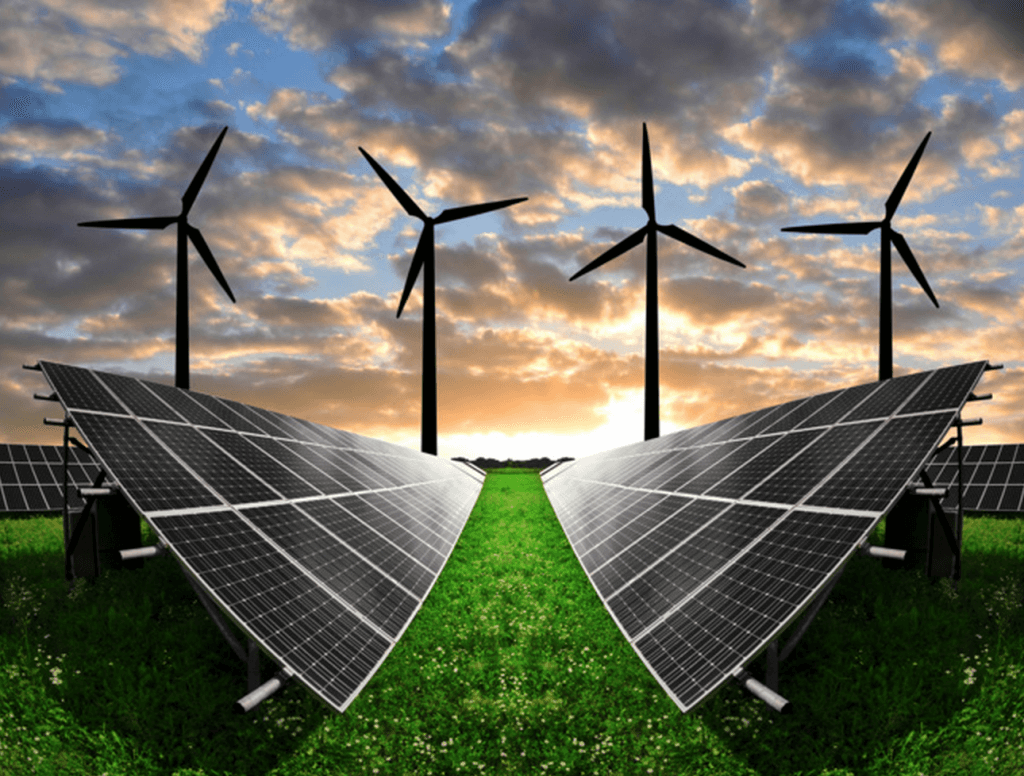In a significant departure from its traditionally acclaimed green energy practices, Costa Rica in 2023 has experienced a notable shift towards thermal power generation, fueled primarily by diesel and bunker oil. This change, driven by a combination of environmental factors and increased energy demands, marks a momentary pause in the nation’s pursuit of a 100% clean electricity dream.
The Shift in Energy Matrix
In July 2023, President Rodrigo Chaves proudly proclaimed at the III EU-CELAC Summit that Costa Rica boasted a 100% renewable and carbon emission-free electrical grid. However, recent data from the National Electricity System’s Operation and Control Division at the Costa Rican Electricity Institute (ICE) indicate a significant deviation from this claim.
The Rise of Thermal Generation
Between January and October 2023, thermal generation accounted for 9% of the national electricity demand, amounting to 915.5 gigawatt-hours (GWh) out of a total consumption of 10,139.1 GWh. This included 549.6 GWh produced by ICE within Costa Rica and 365.9 GWh imported from the Regional Electricity Market (MER), mainly generated from oil derivatives.
This marks a stark contrast to 2022, where thermal generation constituted only 0.93% (92 GWh) of the total electricity consumed.
Hydroelectric Power Decline
The most significant change has been the reduced output from hydroelectric sources, traditionally Costa Rica’s primary clean energy provider. In 2022, hydroelectricity contributed 80% (7,890.1 GWh) to the total electricity consumed. In 2023, this reduced to 66.3% (6,719.6 GWh) of the total consumption.
Environmental Factors and Energy Demands
The decrease in hydroelectric generation is largely attributed to the reduced water availability for reservoirs due to El Niño, a climatic phenomenon that affects rainfall patterns. For instance, the Arenal reservoir, Costa Rica’s primary hydroelectric source, recorded its lowest level in a decade in May 2023.
Increased Energy Demand
Alongside environmental challenges, Costa Rica has also witnessed a 2.4% increase in electricity demand compared to the previous year, further straining the energy system.
Implications for Future Energy Generation
Reliance on Thermal Power
With reduced hydroelectric capacity, ICE has had to depend more on thermal generation as a reliable backup. This necessity is set to continue into 2024, given the ongoing effects of El Niño and anticipated irregular rain patterns.
Tariff Impact
The increased use of thermal power, both domestic and imported, implies a potential rise in electricity tariffs. In 2023, ICE sought regulatory approval for a 27.6% tariff increase to offset the higher costs of thermal power generation.
Looking Ahead
Strained Energy System
The year 2024 is expected to be challenging for Costa Rica’s energy sector. Predictions suggest heavy reliance on thermal generation, especially during the first five months, with an estimated 2,400 hours of diesel and bunker oil usage.
Regional Energy Dynamics
With other countries in the region also likely to face similar energy challenges due to El Niño, the possibility of importing electricity appears limited. This scenario necessitates a careful balance between ensuring energy supply and managing cost impacts on consumers.
Navigating a Complex Energy Landscape
Costa Rica’s increased reliance on thermal power in 2023 serves as a reminder of the complexities in maintaining a clean energy grid. While the nation’s commitment to renewable energy remains strong, the current circumstances highlight the need for adaptive strategies to ensure a resilient and sustainable energy future.


1 comment
[…] Source link […]